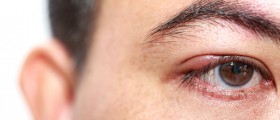Reactive arthritis is when person gets arthritis of the joints after an infection (but the joints themselves are not infected). It is a type of autoimmune disease (a situation where your body's immunity fights itself by mistake). It is historically known as Reiters syndrome, with a classic triad of postinfectious arthritis, urethritis, and conjunctivitis, but this manifestation is only a subset of the reactive arthritis syndromes, which fall into a broader family of diseases called spondyloarthritis.
There are some predisposing factors such as HLA-B27, which is a marker on white blood cells, which is genetically determined. It appears to predispose individuals to disease and is found in 60 to 80 percent of sufferers.
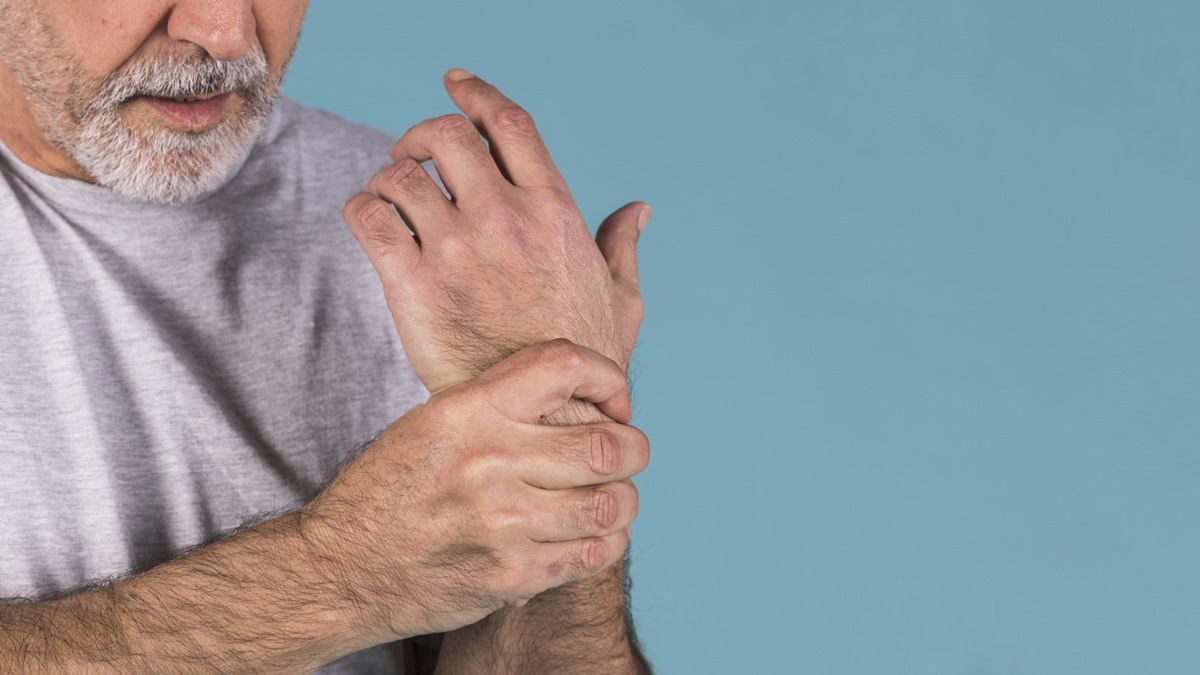
It has been associated with infections of the gut -- diarrhea and sexually transmitted bacteria. The bacteria associated with gut infections are:
- Yersinia,
- Salmonella,
- Shigella,
- Campylobacter
- Escherichia coli,
- Clostridium difficile
The most common associated sexually transmitted infection is Chlamydia trachomatis
The disease usually has two stages.
- Have an infection (gut or sexual) then there is a time lapse of several days to weeks to the next stage.
- The second stage is the arthritis stage that is usually one to three joints often of the legs. This phase may last up to six months and beyond.
- There are Musculoskeletal symptoms (symptoms of the joints) i. Arthritis of one to three joints (swollen painful joints) ii. Enthesitis - inflammation where ligaments join the bones, for example, the Achilles's tendon; usually presents as painful ankle swelling.
- The associated signs i. Conjunctivitis; inflammation of the eye and anterior uveitis; inflammation of the front part of the eyeball ii. Urinary symptoms, such as painful urination (even in those without the form caused by the sexually transmitted bacteria), pelvic pain, and bladder pain. iii. Mouth sores iv. Fever, muscle pains, headache and depression v. Rashes may also appear on hands or feet. May also appear in genital areas
Laboratory tests
Usually the antecedent infection has resolved by the time the reactive arthritis starts, but test may be done to try and identify the organisms. If there are no more symptoms of the infection, there is usually no need to treat it. For the sexually transmitted diseases, this is not true, and they have to be treated with the appropriate antibiotics.
Procedures
The doctor may take a sample from the joint to make sure it is not an infected joint. They may ask for some X-rays also.
Treatment
It usually responds well to Non-steroidal anti-inflammatory drugs (NSAIDs). Finding the correct drug may take some time, and the maximal doses are often used. The doctors usually try a certain drug for two weeks before switching to another. If they is a poor response, they may use corticosteroid injections into the affected joints or oral forms. If these do not work then other types of medication may be used, but a rheumatologist should do this.
Prognosis
Most patients will have little to no disease at 6 - 12 months but a (15-20%) will progress to prolonged (chronic illness). Others progress to other forms of spondyloarthritides such as ankylosing spondylitis.
- Uptodate
- Medscape
- Photo courtesy of SteadyHealth


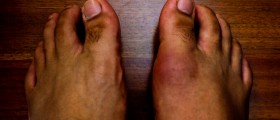
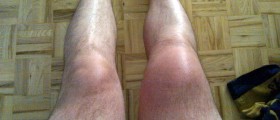



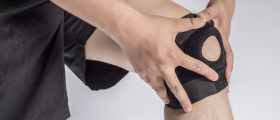
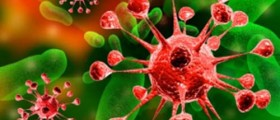
-Arthritis_f_280x120.jpg)

